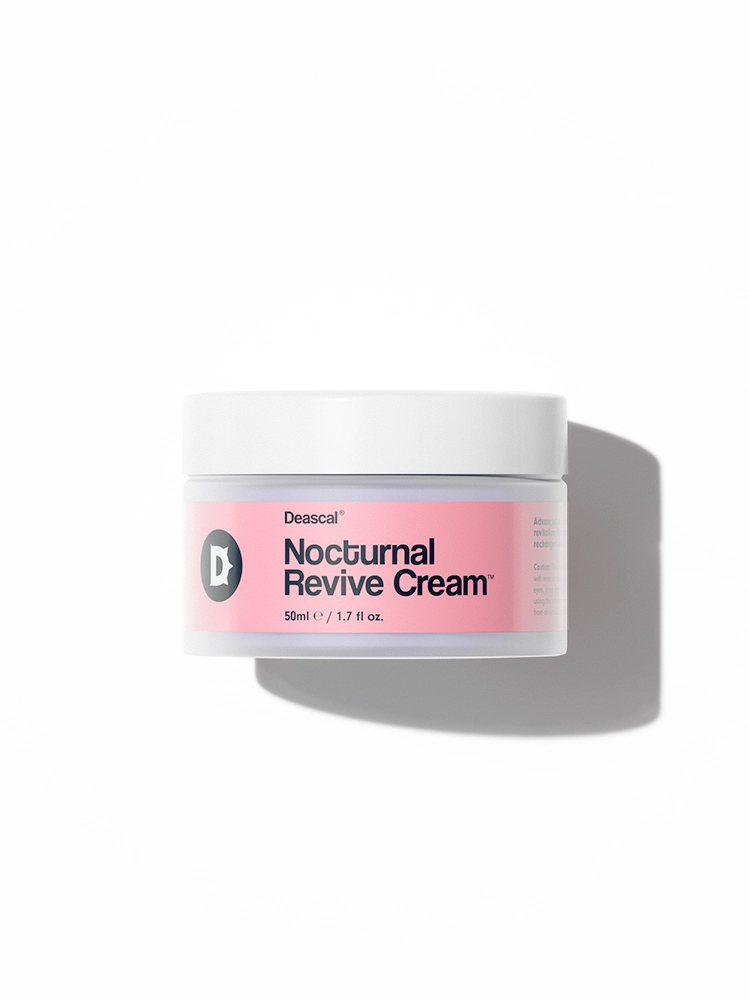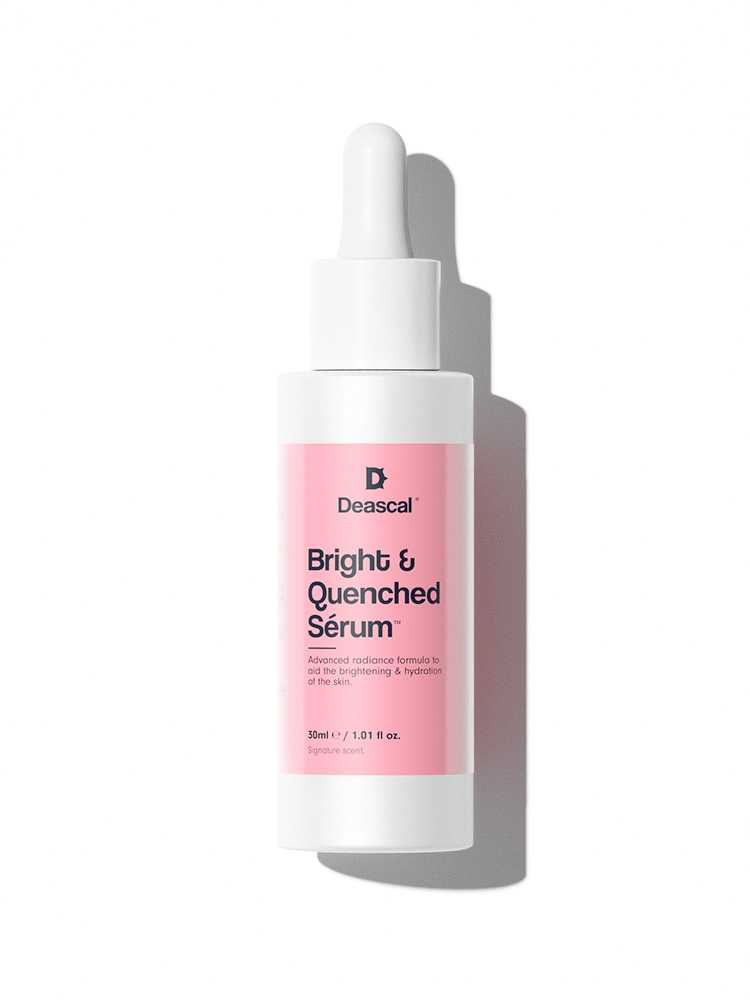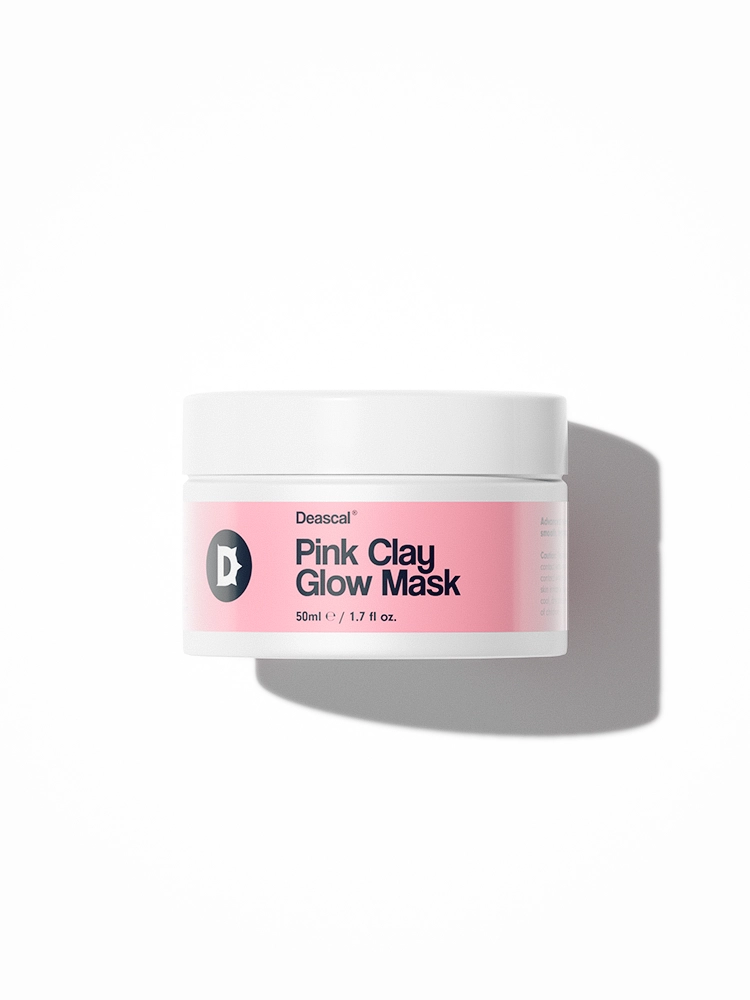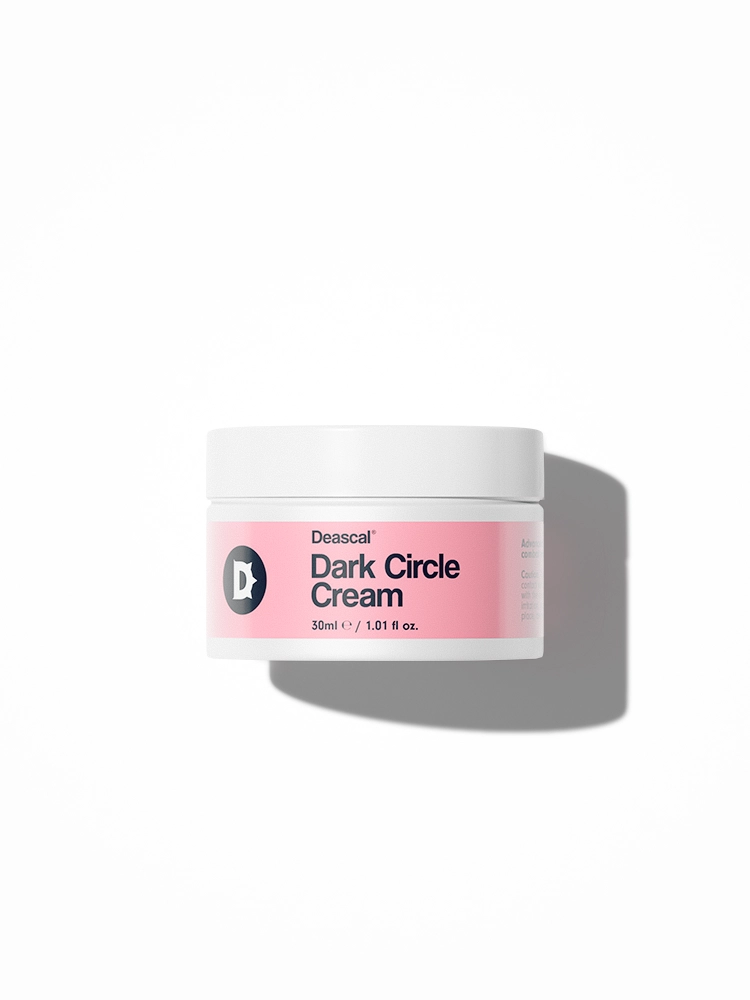The Science Behind Tanning Beds
Tanning beds are designed to mimic the sun’s ability to tan the skin, using technology that replicates natural sunlight. However, the way these devices work and the type of radiation they emit make them particularly risky:
How Tanning Beds Work
Tanning beds are equipped with an array of fluorescent lamps that emit ultraviolet (UV) radiation. This radiation is what stimulates the production of melanin in your skin, the pigment responsible for that coveted tan.
Tanning beds utilize fluorescent lamps specifically designed to emit UV radiation, which forms the core of their functionality. Each lamp contains a phosphor coating inside a glass tube that, when excited by an electrical current, produces UV light. This electrical current excites the phosphor coating, resulting in the emission of UV radiation—a mix of UVA and UVB rays, with a predominant focus on UVA due to its deeper skin penetration, which produces a longer-lasting tan.
When you lie in a tanning bed, your skin is exposed to this UV radiation. The energy from the UV rays penetrates the skin and interacts with melanocytes, the cells responsible for melanin production. Melanin absorbs the UV radiation, causing the skin to darken as a protective measure.
Modern tanning beds feature adjustable settings to control the intensity and duration of UV exposure. Despite these controls, the UV exposure can be significantly more concentrated than natural sunlight, leading to a higher risk of skin damage.
UV Radiation Explained
To fully understand the effects of tanning beds, it’s crucial to grasp the different types of UV radiation and their impact on the skin.
UVA
UVA rays account for up to 95% of the UV radiation reaching the Earth’s surface and are the primary type emitted by tanning beds. These rays penetrate the skin more deeply than UVB rays, reaching the dermis, the skin’s thickest layer. Here’s what you need to know about UVA radiation:
- Deep Penetration: UVA rays penetrate deep into the skin, affecting the dermal layer where new skin cells are generated. This deep penetration can damage the collagen and elastin fibers, leading to premature aging and wrinkles.
- Oxidative Stress: UVA rays generate free radicals, which cause oxidative stress. This stress damages cells and DNA, increasing the risk of skin cancer over time.
- Immediate Tanning: UVA rays cause an immediate darkening of the existing melanin in the skin, known as immediate pigment darkening (IPD). This is why you might see a tan right after using a tanning bed.
UVB
While tanning beds mainly emit UVA radiation, they also emit some UVB:
- Surface Penetration: UVB rays affect the outer layer of the skin, the epidermis. They are primarily responsible for causing sunburns and can damage the DNA in skin cells directly.
- Delayed Tanning: UVB rays contribute to the production of new melanin, leading to a delayed but longer-lasting tan. This process can take a few days to become visible.
Immediate Effects on Your Skin
While tanning beds might offer a quick way to achieve a bronzed look, they come with immediate risks that can seriously harm your skin.
Burns and Blisters
One of the most immediate and visible effects of using tanning beds is the potential for burns and blisters. The concentrated UV radiation can overwhelm the skin’s natural defenses, leading to painful burns that can cause long-term damage and increase the risk of infections. These burns can range from mild redness to severe blistering and peeling, similar to a bad sunburn. Overexposure to UV rays can also cause photosensitivity, making the skin more susceptible to burns with even minimal additional UV exposure. This damage compromises the skin barrier, making it easier for harmful bacteria and pathogens to enter, thereby increasing the risk of skin infections and other complications.
Premature Aging
Another immediate, yet often overlooked, consequence is premature aging. The UVA rays from tanning beds accelerate the breakdown of collagen and elastin in the skin, leading to wrinkles, fine lines, and a loss of skin elasticity. In essence, while you might get a temporary tan, you’re also fast-tracking your skin’s aging process.
This process, known as photoaging, manifests as leathery skin texture, pigmentation changes such as age spots, and a general loss of youthful appearance. The damage caused by UVA rays is cumulative, meaning that the more frequently you use tanning beds, the more pronounced these aging signs become over time.
Additionally, this premature aging is often irreversible, underscoring the significant long-term impact of using tanning beds.
Long-Term Health Risks of Tanning Beds
While the immediate effects of tanning beds are concerning, the long-term health risks are even more alarming and can have serious, lasting consequences:
Skin Cancer
The most serious long-term risk of tanning beds is an increased likelihood of developing skin cancer, including melanoma, the deadliest form. Studies have shown that using tanning beds before the age of 35 can increase your risk of melanoma by 75%. This alarming statistic underscores the significant danger tanning beds pose.
The UV radiation from tanning beds causes DNA damage in skin cells, which can lead to mutations and the development of cancerous cells. This risk is not limited to melanoma; other forms of skin cancer, such as basal cell carcinoma and squamous cell carcinoma, are also linked to tanning bed use.
The cumulative exposure to UV radiation over time significantly heightens these risks, making regular use of tanning beds particularly hazardous.
Eye Damage
Beyond the skin, UV radiation from tanning beds can also harm your eyes. Prolonged exposure can lead to cataracts, macular degeneration, and even cancer of the eye. While protective goggles are often recommended, they are not foolproof against the intense radiation.
The eyes’ delicate tissues are highly susceptible to UV damage, and even brief exposures can contribute to serious eye conditions over time. Chronic exposure to UV radiation without adequate protection can accelerate the formation of cataracts, which cloud the eye’s lens and impair vision.
Additionally, macular degeneration, a leading cause of vision loss, can be exacerbated by UV exposure. In the worst cases, the intense radiation can lead to ocular melanoma, a rare but dangerous form of eye cancer.
In Summary
While the allure of a quick tan can be tempting, the hidden dangers of tanning beds are too significant to ignore!
From immediate skin damage to long-term health risks like skin cancer, the price of that bronzed glow is steep. Instead, opt for safer alternatives like sunless tanners and make sure you wear your sunscreen when enjoying the natural sun.




